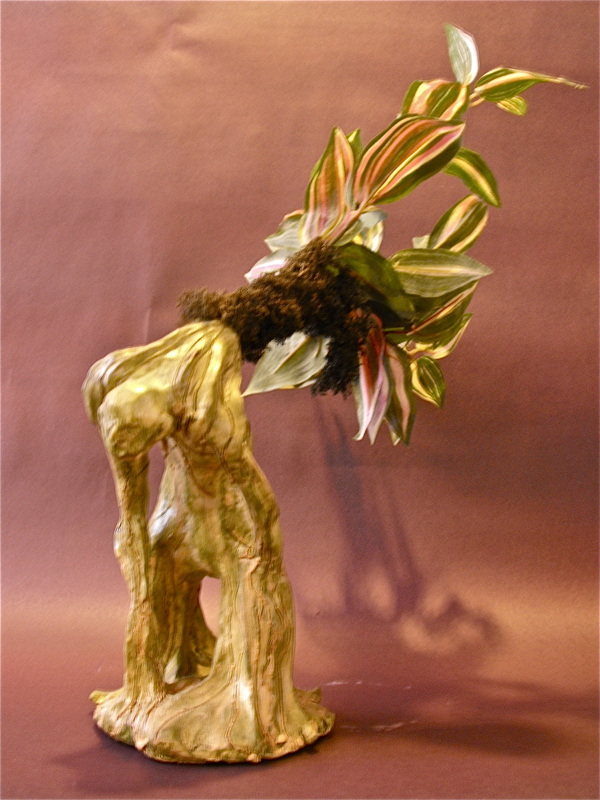
It symbolizes charity, which must cover all our actions.Īt solemn Masses, the deacon wears a dalmatic. Originally, it was a large circle of cloth with an opening in the center for the head of the priest. It is patterned after the traveling cloak used by the ancient Greeks and Romans. It is worn over all the other vestments, and is made of silk or some other rich material usually decorated with symbols. The chasuble is a sleeveless outer garment worn by the priest at Mass. It symbolizes the sweet yoke of Jesus Christ and the dignity of the ministerial priesthood. The stole is a long, narrow band worn over the neck. It symbolizes chastity and mortification of the senses. The cincture is a belt, girdle, or cord tied around the waist of the alb. It symbolizes the garment in which Christ was clothed by Herod, and the purity of soul with which the sacrifice of the Mass should be offered. The alb is a full‑length white linen vestment. The amice is a rectangular piece of white linen, worn beneath the alb. The incense boat is a vessel in which incense is kept a small spoon is used to transfer incense from the boat to the censer.

In some places, it is customary to light a little candle on a bougie lamp during the Consecration.Ī censer or thurible to burn incense is used in solemn Masses. The cruets are two small bottles or vessels containing the wine and water to be used for the Consecration and for the ablutions after Communion. The altar bell is rung to alert those present at some moments of the Mass. The Communion cloth, placed over the rail, has a similar purpose. The Communion plate is held under the chin of the communicant to catch any particle of the sacred host that may fall. The chalice veil covers the chalice before and after its use at Mass. The purificator is a small linen towel used to dry the priest’s fingers and the chalice at the end of the Mass. It is used as a cover for the chalice to protect it from dust and other foreign matter. The pall is a stiff cardboard, usually square, covered with linen. It is pleated in three folds overlapping inwardly so that no fragment of the consecrated host may be dropped. The corporal is a linen cloth, twenty inches square, upon which the chalice and paten are placed. The ciborium is a covered cup in which the small consecrated hosts are kept. The paten is a shallow dish on which the host is placed. The chalice is a cup used at Mass to contain the precious blood of Christ. The sanctuary lamp must be kept burning before the tabernacle. Its name is derived from the word “tent.” It is covered with a tabernacle veil. It should be solid, inviolable, and located always in a place that is truly prominent and conducive to prayer. The tabernacle is a boxlike receptacle where the Blessed Sacrament is reserved. They are placed on the self‑standing lectern for the readings or on a small folding book stand on the altar during the Mass. The sacred books used in the Mass are called the Lectionary, which contains all the readings, psalms, and Gospels, and the Sacramentary. Any appearance of a throne, however, is to be avoided. The chair of the priest celebrant in the sanctuary must signify his office of presiding over the gathering and of directing the prayer. It is appropriate that this place be a fixed, stationary ambo and not simply a movable lectern.


The dignity of the word of God demands that a place in the church is reserved for its proclamation: the lectern (or ambo). The reredos or altarpiece is a richly painted or ornamented screen, usually with images, at the back of the altar. It is appropriate that such a cross, which calls to mind for the faithful the saving Passion of the Lord, remain near the altar even outside of liturgical celebrations. There should be a cross, with the image of Christ crucified upon it, either on the altar or near it, where it is clearly visible to the assembled congregation. There should be candles on the altar or somewhere not far from it. It may be decorated with some floral arrangements but this should always be done with moderation and the flowers should be placed around the altar rather than on its mensa. The altar must be covered with the altar cloths. Care should be taken, however, to ensure the authenticity of such relics. Relics of Saints, even those not Martyrs, may be placed under the altar. The altar is the table on which the Sacrifice of the Cross is made present under sacramental signs is also the table of the Lord to which the People of God is called together to participate in the Mass, as well as the center of the thanksgiving that is accomplished through the Eucharist. It is useful to know and to be able to identify the sacred vessels and liturgical items used in the cult, especially for the celebration of the Holy Mass. O Lord, I love the house where you dwell, the place where your glory abides (Ps 25:8).


 0 kommentar(er)
0 kommentar(er)
